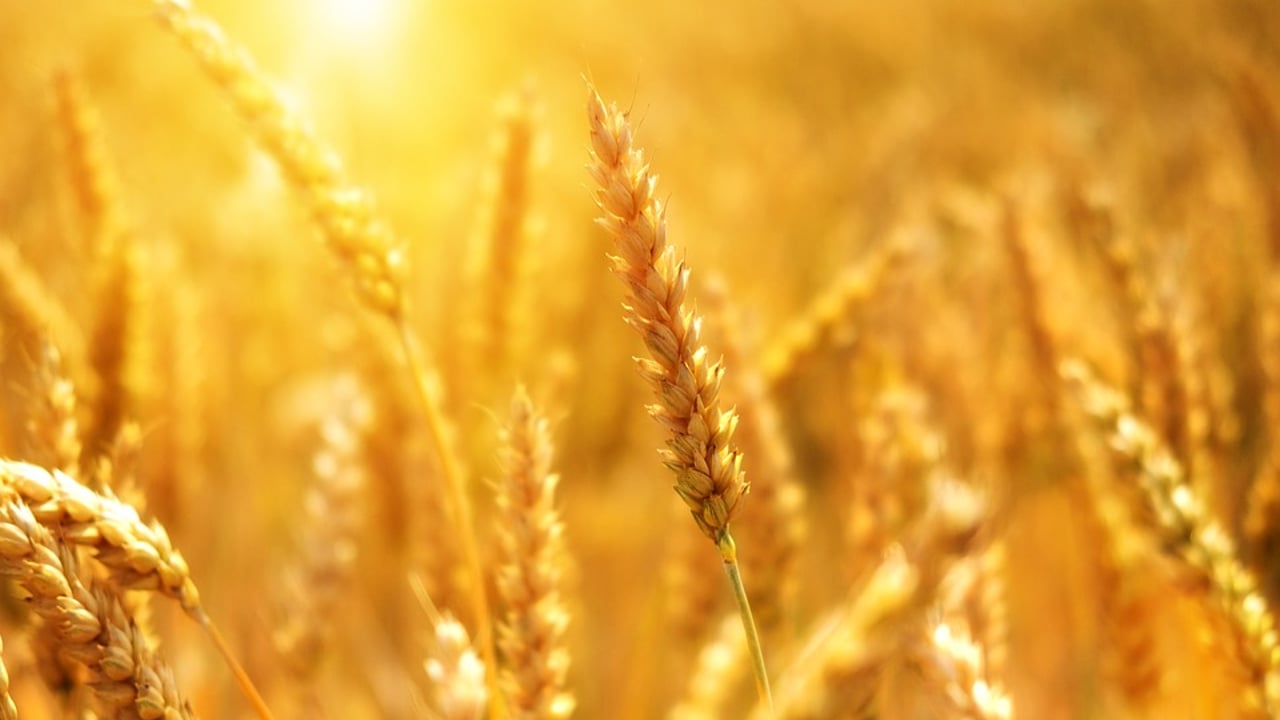Global food commodity price index 'remains stable' for March
The Food and Agriculture Organization (FAO) of the United Nations (UN) has said that its food price index has remained stable for March compared to February.
The index, which is described as a benchmark of food commodity price developments, saw a decrease in world cereal and sugar quotations which offset a notable increase in vegetable oil prices.
The index tracks monthly changes in the international price of a set of globally traded food commodities.
The index averaged 127.1 points in March, 6.9% higher than the corresponding figure for 12 months earlier, but remaining 20.7% below its peak in March 2022.
The FAO cereal price index declined by 2.6% in March compared to February and was down 1.1% from March 2024.
Global wheat prices dropped as concerns over crop conditions in some major northern hemispheres exporters eased, though currency movements tempered the decline, the FAO said.
World maize prices also decreased from February, as did those for sorghum and barley. The FAO rice index declined by 1.7% amid weak import demand and ample exportable supplies.
In contrast, the FAO food price index for vegetable oil increased by 3.7% from February to average 23.9% higher than a year earlier.
Quotations for palm, soy, rapeseed and sunflower oil all increased, driven by robust global import demand.
The FAO meat price index also increased, rising by 0.9% on the month and by 2.7% on the year. primarily due to higher pigmeat prices in Europe after Germany regained foot-and-mouth disease-free status, and the strengthening of the euro against the US dollar.
Global poultry meat prices remained largely stable in March, despite the continued challenges posed by widespread avian influenza outbreaks in some major producing countries.
The dairy price index was unchanged from February, with lower international cheese prices offset by higher quotations for butter and milk powders.
The sugar price index dropped by 1.6% in March, mainly driven by signs of weaker global demand.
Recent rainfall in key sugarcane areas of southern Brazil further contributed to the decline, while deteriorating production prospects in India and continuing concerns about the overall outlook for the crop in Brazil limited the price decline.





